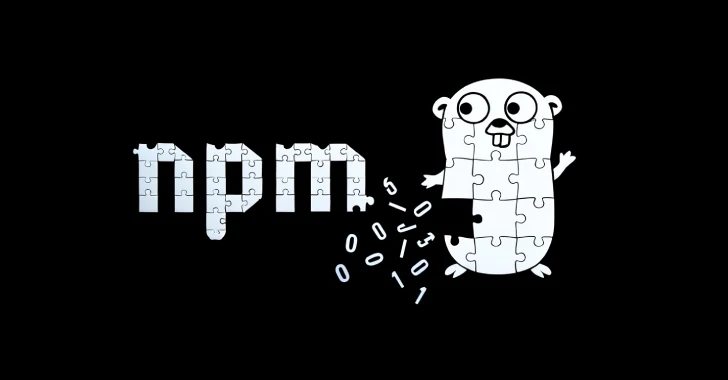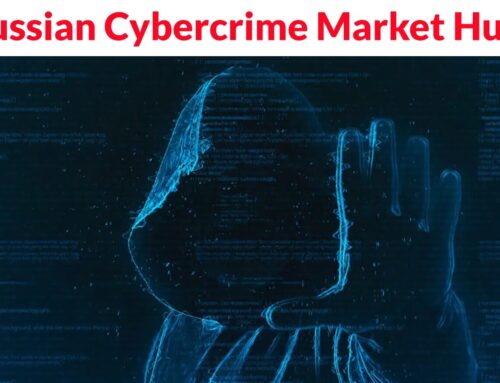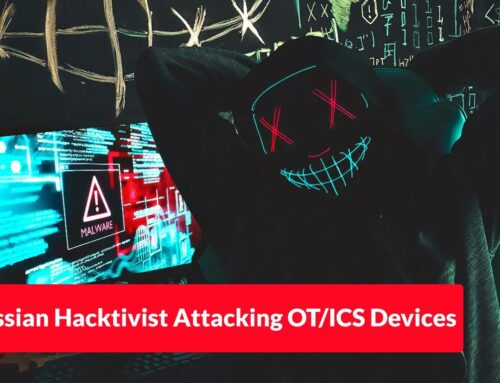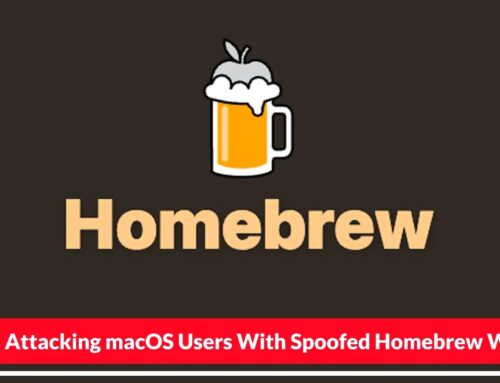
Malicious Go, npm Packages Deliver Cross-Platform Malware, Trigger Remote Data Wipes
Malicious Go and npm Packages: A New Frontier for Cross-Platform Malware and Data Wipes
The software supply chain continues to be a prime target for malicious actors, and recent discoveries highlight an alarming trend: the weaponization of legitimate package ecosystems like Go and npm. Cybersecurity researchers have uncovered a sophisticated campaign delivering cross-platform malware capable of remote data wiping. This emerging threat underscores the urgent need for heightened vigilance and robust security practices within development pipelines.
Understanding these attack vectors is critical for organizations looking to fortify their defenses against increasingly stealthy and destructive cyber threats.
The Threat Unmasked: Malicious Go and npm Packages
A recent investigation revealed a set of 11 malicious Go packages ingeniously designed to infiltrate systems and execute secondary payloads. These packages are not limited to a single operating system; they possess cross-platform capabilities, targeting both Windows and Linux environments. This dual-platform attack significantly broadens the potential victim pool and complicates incident response efforts.
The initial infection mechanism leverages the seemingly innocuous act of integrating a package into a project. However, the true danger lies in the code’s execution during runtime.
Execution and Persistence: The Second-Stage Payload
Security firm Socket revealed the insidious nature of these malicious packages. Upon runtime, the compromised code silently spawns a shell process. This shell then initiates communication with a command-and-control (C2) infrastructure, pulling a second-stage payload. What makes this particularly concerning is the interchangeable set of C2 endpoints utilized, often residing on .icu and .tech domains, making them harder to blacklist comprehensively.
The downloaded payload is then executed directly in memory, a tactic that significantly reduces its forensic footprint, making detection and analysis more challenging for traditional endpoint security solutions. This in-memory execution is a hallmark of advanced persistent threats (APTs) seeking to remain undetected for extended periods.
Beyond reconnaissance and data exfiltration, the most destructive capability observed is the potential for remote data wipes. This function, if triggered, could lead to catastrophic data loss and significant operational disruption for affected organizations.
Implications for Software Supply Chain Security
This incident is a stark reminder of the escalating risks within the software supply chain. Developers frequently rely on open-source packages to accelerate development, often without fully scrutinizing the origins or integrity of every dependency. Malicious packages, disguised as legitimate tools or libraries, can bypass traditional security measures and introduce backdoors, remote access trojans (RATs), or even wiper malware directly into production environments.
The use of both Go and npm ecosystems indicates a broad targeting strategy, impacting a wide array of modern applications and infrastructure. Organizations must recognize that securing their applications goes beyond safeguarding their own code; it extends to every external dependency they integrate.
Remediation Actions and Proactive Defense
Addressing the threat of malicious packages requires a multi-faceted approach, combining proactive measures with robust incident response capabilities. Here are key recommendations:
- Implement Software Composition Analysis (SCA): Utilize SCA tools to automatically scan dependencies for known vulnerabilities, malicious code, and licensing issues. These tools can help identify suspicious packages before they are integrated.
- Dependency Vetting and Whitelisting: Establish strict policies for vetting third-party packages. Prefer
well-maintained and reputable packages. Consider creating an approved list of dependencies (whitelisting) to limit exposure to unknown or untrusted sources. - Principle of Least Privilege: Ensure that build environments and deployment pipelines operate with the absolute minimum necessary permissions. This can limit the damage if a malicious package manages to execute.
- Runtime Application Self-Protection (RASP): Deploy RASP solutions that can monitor applications during execution for anomalous behavior or attempts to spawn unauthorized processes and connect to suspicious C2 servers.
- Network Segmentation and Egress Filtering: Implement strong network segmentation to limit the lateral movement of malware. Egress filtering rules should be in place to block unauthorized outbound connections, particularly to obscure TLDs like
.icuand.techif they are not legitimate business necessities. - Regular Security Audits: Conduct regular security audits of development practices, code repositories, and deployed applications to identify and remediate potential weaknesses.
- Developer Education: Educate developers on the risks associated with third-party dependencies, secure coding practices, and the importance of verifying package authenticity.
- Threat Intelligence Integration: Subscribe to and integrate threat intelligence feeds concerning software supply chain attacks and known malicious packages to stay ahead of emerging threats.
Tools for Detection and Mitigation
| Tool Name | Purpose | Link |
|---|---|---|
| Socket | Software Supply Chain Security Platform for detecting malicious code in open-source packages. | https://socket.dev/ |
| Snyk | Developer security platform for identifying vulnerabilities in code, dependencies, and containers. | https://snyk.io/ |
| OWASP Dependency-Check | Open-source SCA tool that identifies known vulnerabilities in project dependencies. | https://owasp.org/www-project-dependency-check/ |
| Contrast Security | Offers RASP solutions for real-time application security and attack prevention. | https://www.contrastsecurity.com/ |
Conclusion
The discovery of malicious Go and npm packages delivering cross-platform malware and enabling remote data wipes signifies a critical evolution in cyber threats. Attackers are increasingly targeting the foundations of modern software development, exploiting the trust placed in open-source ecosystems. Organizations must move beyond traditional perimeter defenses and embrace a holistic approach to software supply chain security. By implementing robust vetting processes, leveraging advanced security tools, and fostering a culture of security awareness among developers, enterprises can significantly mitigate their exposure to these sophisticated and potentially devastating attacks.





